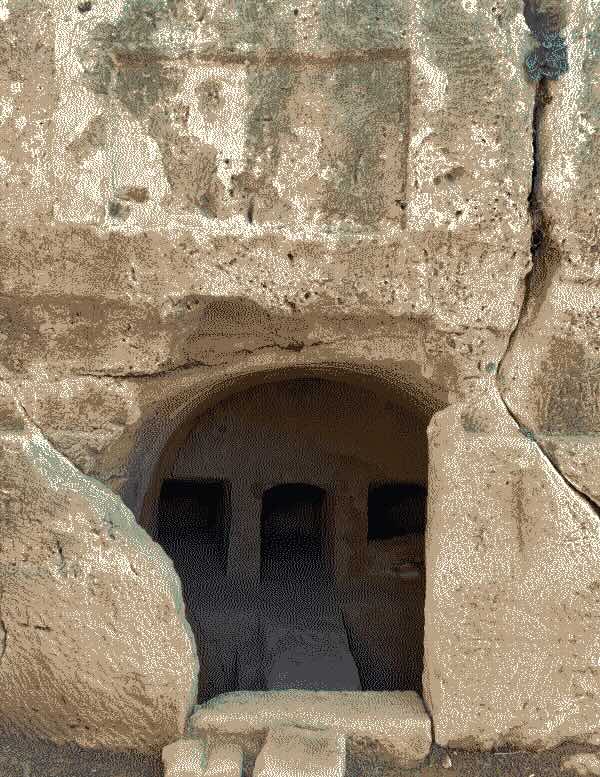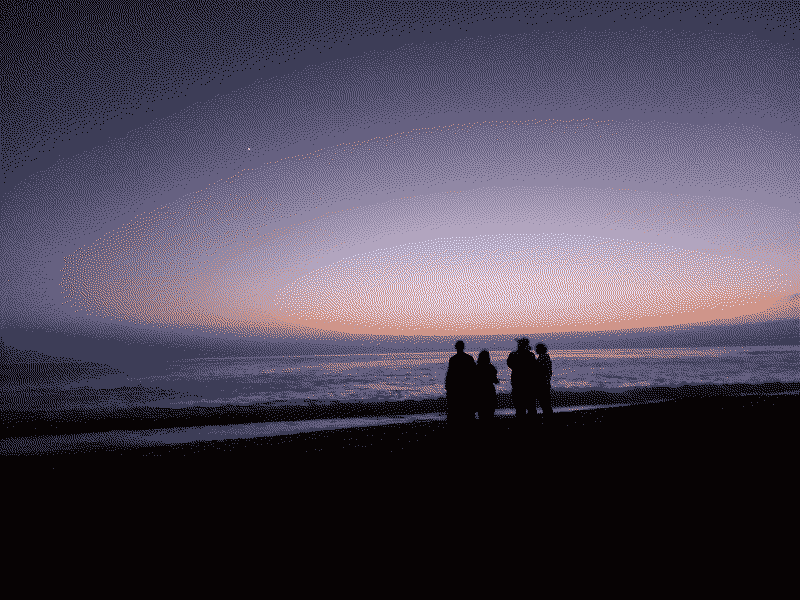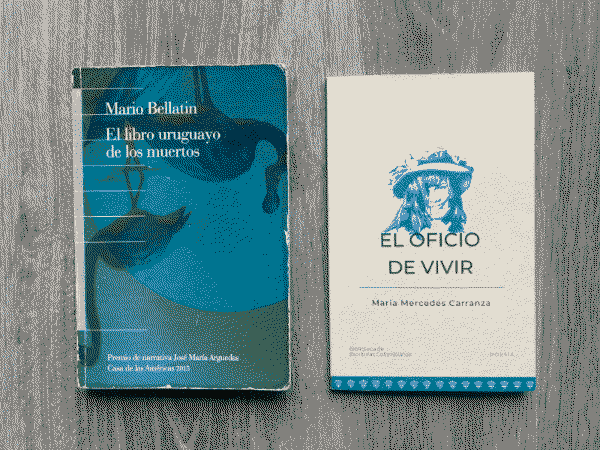Log: Narrative Construction
15.08.2025 // Unearthing Gems
Cape Town, South Africa ⬔
While practising my Portuguese and going through an anthology of Brazilian literature a good friend gifted me many months ago, I discovered a three-page short story that dazzled me. Up until this point, I had read through the other excerpts and stories with a studious sort of interest, discovering new authors and literary styles. But encountering Machado de Assis' Um apólogo blew me away and made me think that the classics are the classics for a reason. Yes, lots of great art gets left out of "the canon," especially that of marginalized groups. I believe there are many more "classics" out there than those regularly taught in classrooms. Nonetheless, I understand why Machado is considered one of Brazil's greatest writers. It is not unmerited.
I wish I could write first lines as good as these:
"Era uma vez uma agulha que disse a um novêlo de linha: —Por que está você con êsse ar, tôda cheia de si, tôda enrolada, para fingir que vale alguma coisa neste mundo?"
To write a very good story about the rivalry between a sewing needle and a ball of thread is impressive. Machado adopts the conventions of the fable, even including a little lesson or moral at the end, but the story goes beyond the traditional fable and takes on an almost existential or absurd sense.
There have been times that as I writer I have wondered if what I am writing about is too silly or random. Machado's amazing little story about a humanized sewing kit is a necessary reminder that the skill and imagination of a writer can make any subject enthralling and thought-provoking.
Now, I really want to read Machado's Memórias Póstumas de Bras Cubas, which has been languishing in my mental "to-read" list for at least a decade.
- Andrea
24.11.2024 // Paphos!
Paramytha, Cyprus ⬔
Yesterday, we drove to Paphos to visit of the Tombs of the Kings, a major archaeological site and necropolis for the wealthy and powerful of the late BCs.
From the distance, we could see the white-washed city sprawling along the blue Mediterranean coast. Smaller than Limassol, but also hillier, I discovered Paphos as a place of contradictions.
Angular buildings from the 90s or early 2000s dot the long coastline. Here and there, there were some more contemporary structures mixed in. Elevators connect the lower part of the city, which we quickly discovered was all resorts and holiday rentals, with the old town that was constructed up on the hills.
A cross between charming and desolate, the old town managed to be a sort of lively ghost town. We stopped by a taverna that was full of people and live music, but the neighboring streets still felt hollow and empty, somehow. Freshly painted shops looked as if they were just about to open for the first time, while right next door the other buildings appeared to be crumbling. The minaret of a grey-stoned mosque nearby rose into the sky.
On the big roads, we witnessed cars fighting for space around rotundas, and it seemed suddenly like that’s where everyone was (if not in a taverna): in their cars, going somewhere.
From a first glance, it would be impossible to guess that this all lies on top of porous limestone and monumental ancient ruins.
The huge stone cut niches and temples we visited at the Tombs of the Kings were once filled with precious Hellenistic or Ptolemaic sarcophagi and treasure. Now, they house pigeons, native to this region, along with the recently arrived Asian hornets. The empty tombs house a damp and dusty darkness too, it’s an emptiness that feels dense. Uncanny in its weight.

What fascinates me the most about visiting archaeological sites is how the experience deconstructs a sense of normalcy; something that can also happen with intellectual discoveries. I have experienced this first-hand in the classroom, while studying history, astronomy, or literature. But at a site, the deconstructiong of normalcy happens in a very physical way. Suddenly, I am standing at the edge of this hole in the ground, and I see doric columns below me, rising up as if holding up the rock and ground that I stand on.
To borrow a cliché, my perspective is shifted, literally. The usual rules of the game, on how to interact with a building or a space, are challenged. As much as the exposure to different narratives through books and film and conversations serves to challenge our preconceptions, there is something about movement—moving through a space and experiencing distances, heights, and depths differently—that hits home. It’s a very visceral reminder of the vastness of pretty much everything: the planet, history, culture, microbiology, outer space, which is fun to encounter on a “small” island like Cyprus.

Ever since I took a history class on Salsa music and dance a few years back, I’ve been noticing how the concept of “embodiment” pops up from time to time. And if I really think about it, I had already begun to think about "embodiment" after my undergraduate capstone course on Cervantes' short stories, which feature some interesting body-centered themes.
This has been significant to me because I grew up very "mind" centered. It's interesting to think very deliberatively about what it means to be "in" a body or to be a body, especially in thinking about how movement can be an act of knowledge-making or knowledge-sharing (something we usually associate exclusively with "the mind"). And what about storytelling? I also find it interesting how controlling movement can be a powerful tool in the hands of authorities, and how encouraging certain types of movements can also foster collective myths—thinking of Youth Groups in Nazi Germany or cults that have their members do physical labor or specific types of sport. And well, there is a reason that "movement" is also used to describe social, cultural, political changes like the labor or the feminist movements.
Moving around Cyprus has been very interesting (especially without owning a car). And this visit to Paphos has definitely been a highlight of my time here. It has given me a lot to think about.
We concluded our latest mini-trip, daylight fading fast, at a curving pebbly beach, which myths tell is the birthplace of Aphrodite.
- Andrea
11.09.2024 // August Reads
Bogotá, Colombia ⬔
While we are now well into September, I wanted to take a moment to reflect on some memorable August reads, books that I still think about and will be thinking about for a while.
I read two books last month, one poetry and one prose (very unconventional prose, however).

El oficio de vivir, or (roughly) The craft/work of living, is a collection of poetry by María Mercedes Carranza. Compiled posthumously and prefaced by her daughter, the collection sinks, poem by poem, deeper into the despair that plagued Carranza, especially in her final years. Despair about aging, despair about Colombia’s endless violence, despair about injustice, meaninglessness, despair about despair. Death weighs heavy on almost every page. Her words manage to covey the hollowness of depression in a way that I have not seen captured in any other piece of writing (even books and memoirs about war or genocide). It is grim, very grim.
El libro uruguayo de los muertos, or The Uruguayan Book of the Dead, on the other hand was much less grim, despite of the title. It did take me a very long time to read. Along with García Márquez’s El otoño del patriarca, it might be one of the toughest books I’ve ever gone through. In short snippets destined to a mysterious correspondent, Mario Bellatin melds fact and fiction to speak about everything and anything. Some themes do stand out: writing, publishing, illness, death, family, truth, falsehood and mysticism. Like the Twirling Dervishes he describes, cyclical snippets of narrative appear, disappear, only to reappear later, the same or almost the same or altered incomprehensibly. Temporality is warped, contradictions appear, and, as a reader, offering resistance only makes the read more painful. At some point you just have to let go and let Bellatin take you on a trip that goes round and round. And in the end, I was left a bit dizzy.
El oficio de vivir was close to making it on my favorites list—it is a true work of art. But the art that resonates with me the most is that which peers into the void, but with defiance. There is a will to live and an affirmation of life, the renewal of life. With Carranza, we succumb to the void, even if the last poem of the collection offers a glimmer of hope.
Mario Bellatin’s Salon de belleza (Beauty Salon) is one of my favorite books, but I can’t say the same for El libro uruguayo de los muertos. There are very interesting ideas about the nature of truth and fiction, about the pain of creation, and about life, death and creation as cyclical. The unconventional form resonated with these themes, but maybe it went on for too long. But then again, watching Twirling Dervishes perform is fascinating, but it can also feel eternally long after a while. But isn’t that what we’re all after, eternity? Reading El libro uruguayo de los Muertos definitely felt like it took an eternity too, but maybe that's what Bellatin was trying to do—approach eternity, which also means to approach death.
Other Interesting August Reads
- “Programming is Forgetting: Toward a New Hacker Ethic”
- “The Betrayal of American Border Policy”
- “The Funeral: At a Loss” (recommend reading this only after watching Itami Juzo's film)
- Andrea